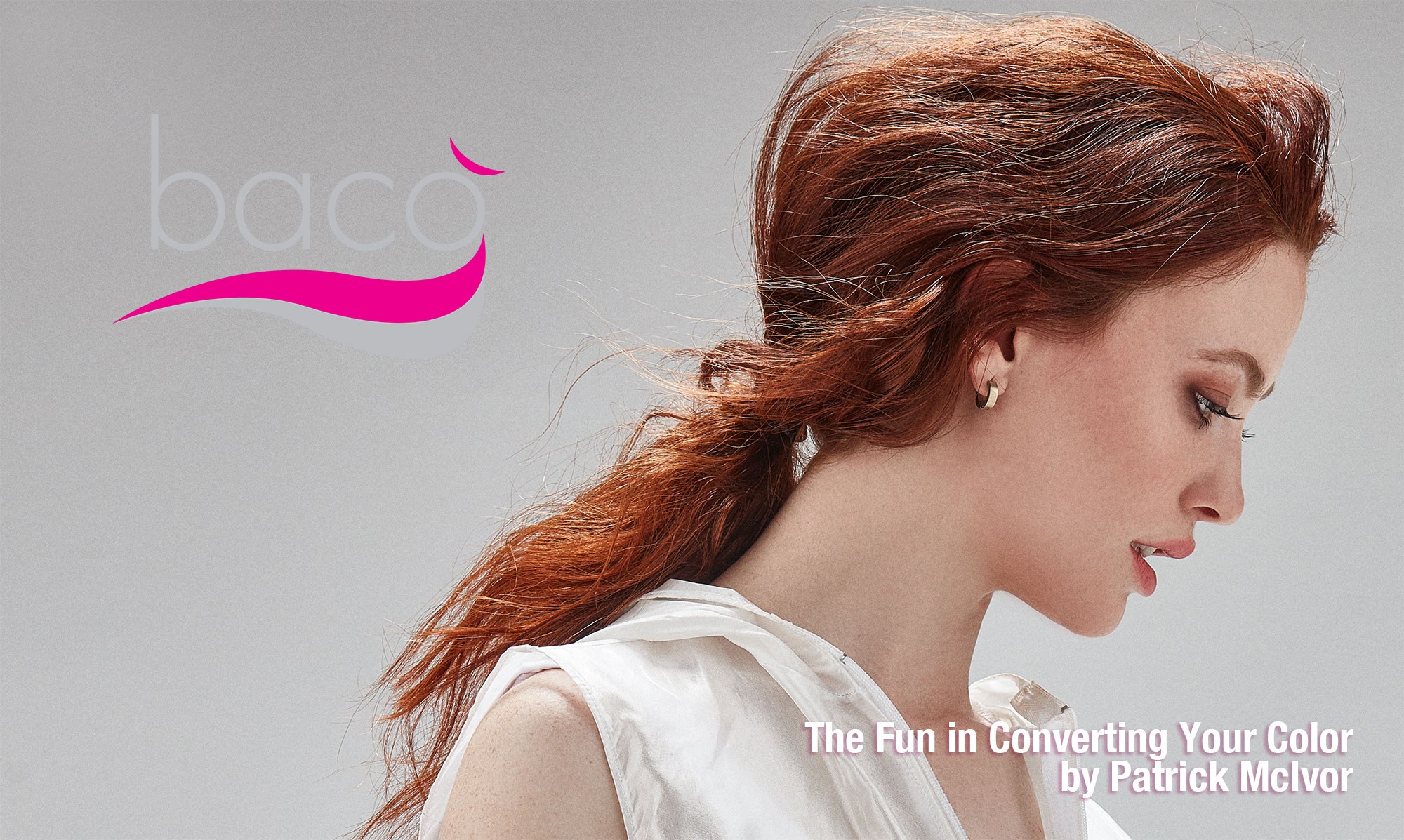The Fun in Converting Your Color by Patrick McIvor
Posted on

I was lucky that from the very beginning of my career, within months of finishing beauty school and getting my license, I was involved in education. My first experience was while managing a Salon in the 1980’s. L’Oréal was teaching a class at the salon I managed and the educators asked me if I wanted to learn how to color hair. I said yes, and, through that experience, they changed the way I thought about color.
In school I had been given formulas and would ask friends what formulas they like or they had used on a guest’s hair that was pretty. But these educators weren’t giving me formulas, they were teaching me to formulate. This changed the way I thought about hair color, while others had been “giving me fish” as the analogy goes, these educators “taught me to fish.” As my career progressed, this little idea that haircolor is formulation, not formulas, and beautiful hair color work is done by the artist, not the haircolor, accelerated what I could do when helping salons convert their color.
When I had the opportunity to go to Germany and pick out the colors for Koleston Perfect for the USA and Canada, I found it easy because, while others were trying to convert each shade or complete formulas, I was thinking formulation and the palette of colors for success.
Later on, while facilitating at the Redken Exchange, I wrote the 101 Shades EQ formula book, but followed it with 2 books about formulation. Eventually I ended up with a formulation class too because when you think about it, all color is a color conversion, unless you never change the guests formula.
So why is color conversion so scary for so many stylists and owners? Because as humans, sometimes, it seems better to stay with something we know well that is just ok, rather than take a chance - trade what we know for something that could be much better. Honestly, for some people this works, but color conversion is not about us - it’s about the guests. Today guests are smarter, with more access to information, than ever. If your color is just ok, the guests probably know it too. They see their friend’s hair, or hear from their friends that their salon upgraded their color to new technology and that their hair looks and feels better than ever before.
Converting your color can be a very smart thing! I had the perfect example experience with a guest in my chair. Not just any guest, this specific guest happens to be my sister in-law of over 24 years, who I have been coloring for many of those years. She sat in my chair during her last visit after being newly colored with Kaaral’s Baco Color and evaluated the results. (Formula: 6SK, 35g + 5.38, 15g + 75g of 6%/20vol). She said loudly as she sat up, “Look at this color! Look at this color!!!” Now she has never done anything like this before, so I walk closer and said, “Do you like it?” she said, “Like it! I love it!!! This is the best color I have ever had and my hair feels great too! Like it’s conditioned.” In 20+ years my sister in-law has never said that, and she has had quite a few color brands on her head over the years.
So here is why converting your color is so easy: First, you can find colors that make your coloring skills better because of new technology. Second, guests love it! Because they can see and feel the condition, wearability, and coverage difference that the new color creates in your hands. Third, all haircolor breaks down to level, tone, and percentage of gray. If you know the natural level, the desired level and tone, plus the percentage of gray - not only is formulation easy but it also gets your creative juices pumping! New color can start some fun and bring more joy to ourselves and to our guests. Because when we are learning and trying something new, it makes us better. We grow; we smile; and we can even fall in love again, or simply fall more in love, with haircolor.